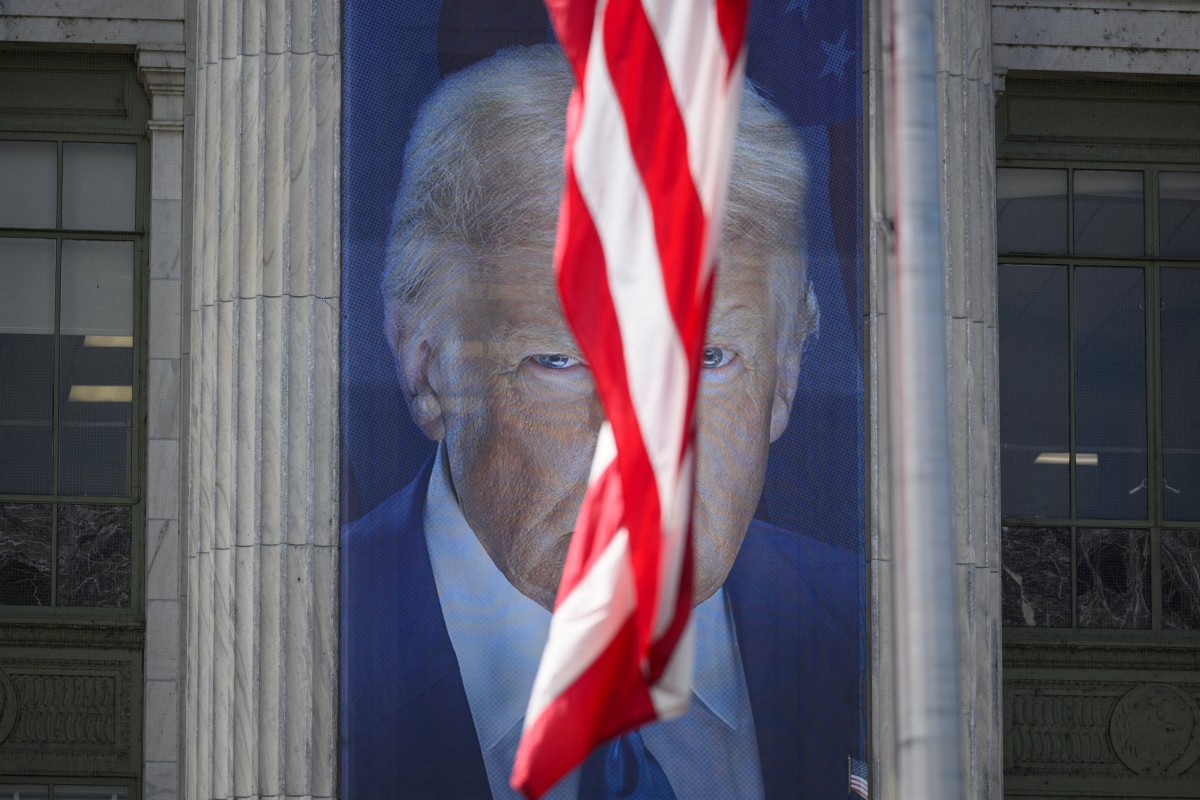Donald Trump returned to the White House in 2025 on the promise of settling the trade imbalance with China and coercing Beijing to stop its unfair trade practices. However, six months into the office, it seems that Trump has shifted the goal posts, and his new target is not Beijing, but New Delhi.
This, even though US-India relations have received steady bipartisan support in Washington for at least two decades. During this phase, India joined the strategic QUAD grouping, strengthened its defense partnership with the US, and shifted its strategic geopolitical tilt decisively towards the Western bloc.
Notwithstanding these strategic gains, built steadily over two decades, Trump’s now repeated threats and outbursts against India, a country that has long cherished its strategic autonomy, threaten to push New Delhi decisively into the anti-US bloc.
Writing for Carnegie Endowment, former deputy assistant secretary of State handling US-India ties, Evan A. Feigenbaum, warns that the harm to US-India ties could be long-term.
“After more than two decades of bipartisan effort to transform the relationship between New Delhi and Washington, including during his own first term, U.S. President Donald Trump is now in the process of dismantling this painstakingly built relationship,” Feigenbaum said.
After slapping a 25% tariff on Indian exports in the US, Trump is now threatening to increase the tariffs on pharmaceutical exports to as high as 250%.
“We’ll be putting (an) initially small tariff on pharmaceuticals, but in one year, one-and-a-half years, maximum, it’s going to go to 150 percent, and then it’s going to go to 250 percent because we want pharmaceuticals made in our country,” Trump said in an interview with CNBC.
He also said that he will announce a new set of tariffs on India in the next 24 hours.

Notably, the 250% tariff threat on pharmaceuticals is much higher than the 145% tariffs threatened against Chinese goods if Beijing fails to conclude a trade deal with Washington.
Clearly, Trump’s strategic focus has shifted from Beijing to New Delhi over the last month.
Trump has cited two main grievances: the huge trade deficit and the buying of Russian oil, for slapping tariffs and penalties on Indian goods. However, on both accounts, China is much ahead of India. And yet, surprisingly, Beijing seems to be escaping Trump’s wrath.
China Vs India’s Trade With US & Russia
In 2024, the US had a trade deficit with both India and China. However, the US’s trade deficit with India dwarfs its trade deficit with China.
Last year, the US exported US$143.5 billion worth of goods to China, and imported a staggering US$439 billion worth of goods, resulting in a trade deficit of nearly US$295 billion.
In comparison, the US trade deficit with India stood at nearly US$46 billion.
The US trade deficit with China is more than six times its trade deficit with India.
Similarly, China is the biggest importer of Russian crude oil, not India.
According to the Center for Research on Energy and Clean Air (CERA), between December 2022 and June 2025, China absorbed 47% of all Russian crude oil exports, followed by India at 38%, the EU (6%), and Turkiye (6%).
Similarly, China was the biggest importer of Russian coal. During the same period, China absorbed 44% of all Russian coal exports, followed by India at 19%, Turkiye at 11%, South Korea (9%), and Taiwan (4%).
Additionally, notwithstanding European rhetoric against buying Russian products, the EU remains the biggest buyer of Russian LNG exports.
According to CERA data, the EU was the largest buyer, purchasing 51% of Russia’s LNG exports, followed by China (21%) and Japan (18%).
In pipeline gas, again the EU was the largest buyer, purchasing 37% of Russia’s pipeline gas, followed by China (30%) and Turkiye (27%).
However, Trump is selectively targeting India while giving a long rope to China, even though Beijing was the target of Trump’s rhetoric before his election. This point was also made by former US Presidential candidate Nikki Haley, who questioned why China has received a reprieve while India has not.
“India should not be buying oil from Russia. But China, an adversary and the number one buyer of Russian and Iranian oil, got a 90-day tariff pause. Don’t give China a pass and burn a relationship with a strong ally like India,” Haley wrote on social media platform X.
This begs the question: why has Trump suddenly turned soft on Beijing?
Apparently, the US’s critical dependence on China for its defense industry may be behind Trump’s strategic shift.
China Arm-Twisting US Through Rare Earth Materials?
According to a Wall Street Journal report, China is limiting the flow of critical minerals to Western defense manufacturers, delaying production and forcing companies to scour the world for stockpiles of the minerals needed to make everything from bullets to fighter jets.
Earlier this year, when Trump imposed 145% tariffs on China, Beijing responded by tightening the export of rare earth minerals to the US.
Subsequently, Trump agreed to give trade concessions to China, withdrawing tariffs to 30%, with Beijing agreeing to restore the export of rare earth minerals to the US.
However, since then, Beijing has maintained strict controls on the export of these critical minerals, which are needed for manufacturing fighter jets, missiles, electric vehicles, and a host of other defense equipment.
China supplies nearly 90% of the world’s rare earths and dominates the production of many other critical minerals.
China’s strict control on the export of these critical minerals is already causing significant delays in the production of defense equipment in the US.
According to the WSJ report, a US drone manufacturer was forced to delay orders by nearly two months as it searched for a non-Chinese source of magnets, which are assembled from rare earths.
At the same time, China’s restrictions are pushing the prices of these critical minerals.
For instance, a US defense company recently sourced samarium, an element needed to make magnets that can withstand the extreme temperatures of a jet-fighter engine, for 60 times the standard price.
“The squeeze on critical minerals highlights how dependent the U.S. military is on China for much of its supply chain, giving Beijing leverage at a time of rising tensions between the two powers and heated trade negotiations,” the report said.
China has also banned the sale of germanium, gallium, and antimony, which are used for things like hardening lead bullets and projectiles, and to allow soldiers to see at night.
These restrictions are forcing production cuts at US defense manufacturers.
The CEO of Leonardo DRS said the US defense firm is down to its “safety stock” of germanium.
According to defense-software firm Govini, more than 80,000 parts that are used in Defense Department weapons systems are made with critical minerals now subject to Chinese export controls.
The US defense department has taken many steps to wean off its dependence on China for these critical minerals. However, it will be many years before these efforts show results. And till then, it appears that Trump’s hands are tied against China, as Beijing holds more cards than Washington in the trade war.
So, despite China absorbing 47% of Russian crude exports, 44% of Russian coal exports, and a significant portion of Russian LNG exports, Beijing might escape the penalties that Trump is threatening to impose on India.
- Sumit Ahlawat has over a decade of experience in news media. He has worked with Press Trust of India, Times Now, Zee News, Economic Times, and Microsoft News. He holds a Master’s Degree in International Media and Modern History from the University of Sheffield, UK.
- VIEWS PERSONAL OF THE AUTHOR.
- He can be reached at ahlawat.sumit85 (at) gmail.com




